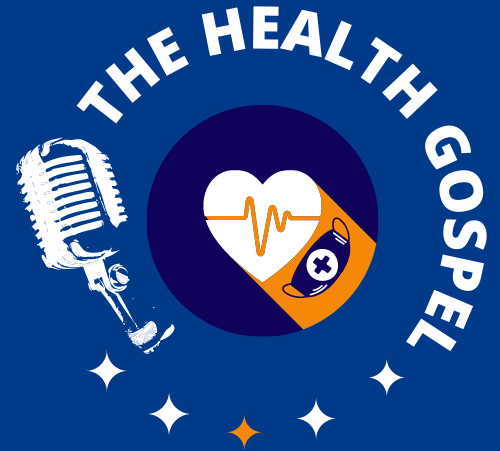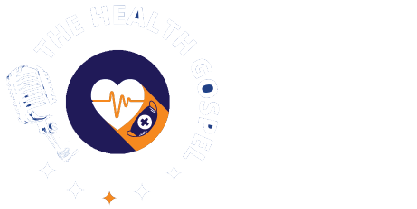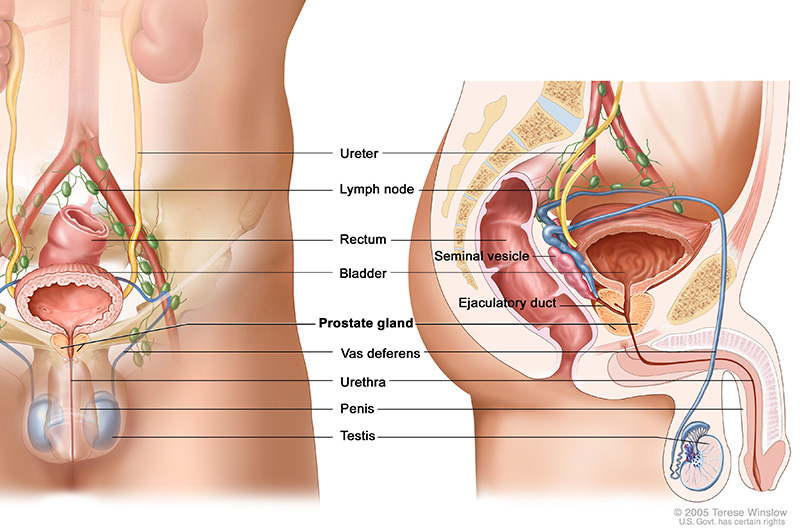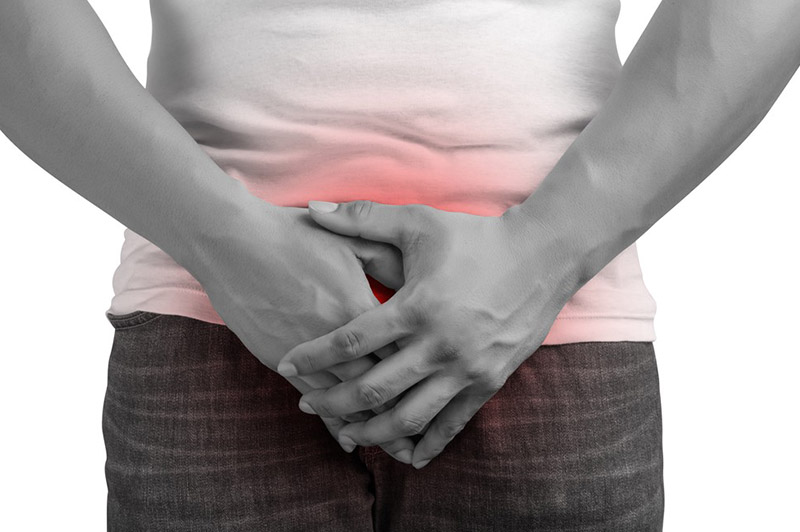
Shingles - Series 2
(Symptoms and diagnoses)
Last week, we started a series on shingles, a viral skin condition characterised by painful blisters affecting one side of the body.
This article will focus on how the symptoms evolve and the diagnosis of the disease.
Stages of Herpes Zoster Infection
Typically, shingles occur in 3 stages.
In the first stage, there are no skin rashes but the individual experiences the following
- Fever
- Generalised discomfort
- Headache which gets worse with exposure to light (photophobia)
- Burning pain in one side of the body
- Swollen and painful lymph nodes
This is quickly followed by the eruptive second stage in which the person observes the following symptoms
- Red flat dots on the skin
- Red dots become raised and filled with clear fluid (blisters)
- The blisters may merge to form more prominent blisters
- Burning, shock-like pain along the affected skin
- Itchiness of affected skin
- Fever
- Headache
- Body weakness and discomfort
On black skin, the rashes appear as dark flat dots followed by blisters. The blisters start bursting on their own and forming yellowish crusts on the skin. This stage lasts 2-4 weeks.
The most commonly affected skin areas are the chest wall and back. The next most affected are the neck, face and lower back/ abdomen, in that order.
Other symptoms are specific to the part of the body affected.
When the face is affected, and the facial nerve becomes involved, symptoms include:
- Rashes around the ear
- Weakness of the affected side of the face with facial droop.
- Abnormal sound in the ear (tinnitus)
- Hearing impairment
- Ear pain
When the trigeminal nerve, which supplies the upper face and eye, is involved, additional symptoms are
- Burning sensation in the eye
- Tearing from the eye
- Redness of the eye
- Blurred vision
When it involves the mouth, it can cause
- Fluid-filled eruptions in and around the mouth
- Loss of teeth
- Bad breath
- Toothache
- Difficulty opening the mouth
In the 3rd stage, the pain is persistent and severe. However, the rashes start to clear up and mostly leave no scars.
Shingles Scarring
Shingles rashes are superficial and should typically not cause a scar. However, a scar may form if there is a bacterial infection with pus in the wound. Keloids can form particularly in black skin.
Bacterial infection occurs when the wound is not appropriately dressed. When people apply different mixtures to the rash, it could become infected with bacteria, and the rash stays longer than four weeks. In addition, it leaves an unsightly scar behind.
You can have shingles more than once
Most times, the rashes occur only once, but the pain comes from time to time without rashes. Rarely, rashes may reoccur with severe burning or shock-like and tingling pain. The recurrence of rashes is due to depressed immunity, stress or vaccination.
You can have shingles without a rash. This type of shingles is called zoster sine herpete. It can be confirmed with laboratory tests.
Diagnosis of herpes zoster
Your healthcare provider can diagnose shingles solely based on your history and clinical examination.
However, other skin conditions cause similar symptoms and rashes. Therefore, confirmatory tests in the laboratory may become necessary.
Antibody titres
When you have a varicella-zoster virus infection, which can be either chickenpox or shingles, your body produces some proteins called antibodies. When there is a new infection, the antibody levels increase to 4 times the normal levels. This confirms the diagnosis of a new infection.
Culture test
Your healthcare provider may request a culture of the fluid in the rashes to confirm the diagnosis.
Additional lab tests are to find the disease or condition that might have exposed you to shingles. They include:
- HIV test
- Fasting blood glucose
- Full blood count
- Pregnancy test
In summary, shingles can cause excruciating pain, which some patients have described as “my skin is on fire”. This pain can continue long after the rashes are gone and contribute to poor quality of life. You can reduce the risk of persistent pain when you start antiviral drug treatment immediately after the symptoms start.
Next week’s blog post will expound on the treatment and possible complications of shingles.







